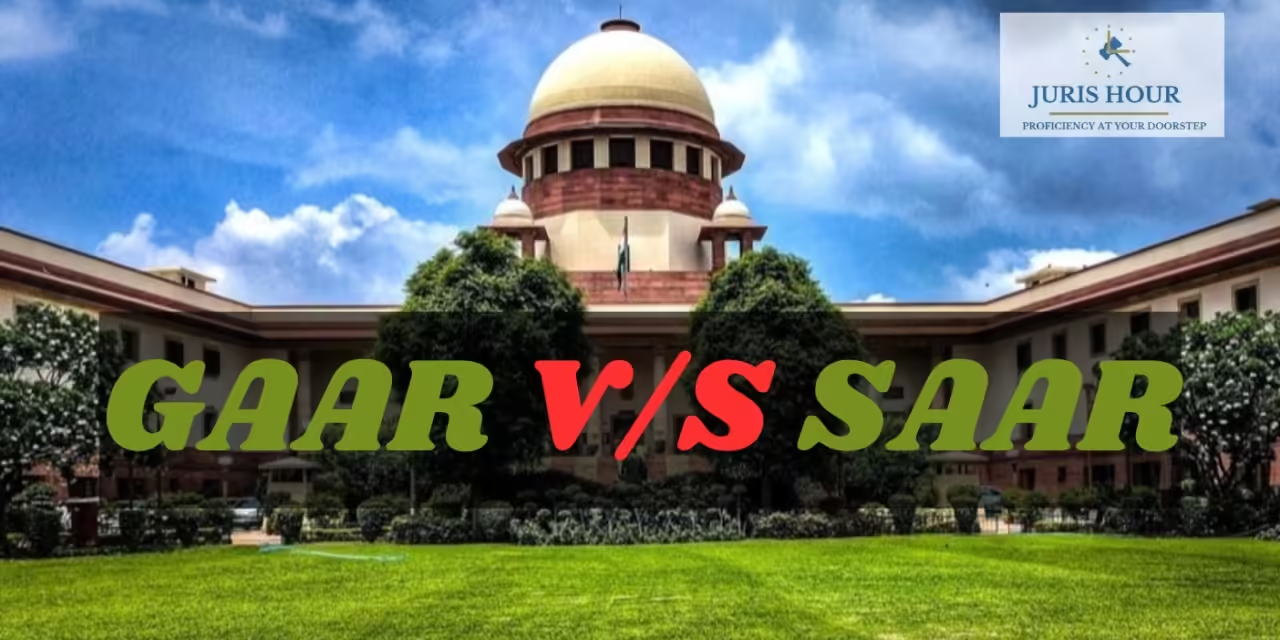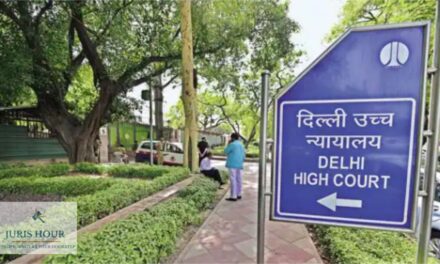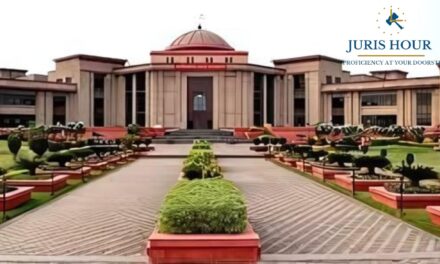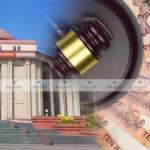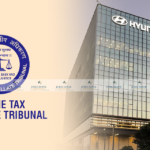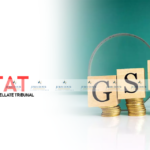The Supreme Court has admitted the Special Leave Petition (SLP) filed by Ayodhya Rami Reddy Alla against the judgement passed by the Telangana High Court.
The court has granted leave in the matter and issued the notice which is returnable on 23rd September, 2024, on the application for interim relief.
The Telangana High Court dismissed the writ petitions filed by the taxpayer, Ayodhya Rami Reddy Alla against the invocation of General Anti-Avoidance Rules (GAAR) provisions.
The taxpayer contended that the transaction is covered under the ambit of Specific Anti-Avoidance Rules(SAAR), and hence, GAAR should not apply.
The Telangana High Court held that the arrangement was an impermissible avoidance arrangement, as it lacked commercial substance. Both GAAR and SAAR provisions could be applied, depending on the facts of each case.
What is the Controversy?
The whole issue revolves around the issuance of bonus shares to the shareholder firm namely Ramky Estate and Farms Limited (REFL). The petitioner sold the shares of REFL to Advisory Services Pvt. Ltd (ADR). Prior to the sale of shares to ADR, REFL had issued bonus shares to its shareholders in the ratio of 5:1. Owing to the issuance of bonus shares, the face value of each share of REFL got reduced to 1/6th of its value. The sale of REFL shares to ADR resulted in a short term capital loss to the petitioner as per the provisions of the Income Tax Act.
The taxpayer sold the shares of the private limited company at the reduced face value, by incurring a short-term capital loss. The loss was set off against the long-term capital gain made from another sale of shares.
During the course of assessment proceedings, the tax officer sought to treat the transactions as ‘impermissible avoidance arrangements’ as per GAAR, and issued a notice to the taxpayer seeking objections, if any, to invoke GAAR proceedings.
The taxpayer responded to the notice by refuting all the allegations. After that, the PCIT7 issued a show cause notice seeking a response from the taxpayer on why the transaction undertaken by the taxpayer should not be treated as an IAA.
A writ petition was filed before the Telangana High Court, challenging the issuance of the notice. The taxpayer has filed the writ petition primarily challenging the applicability of GAAR provisions.
Taxpayer’s Arguments
The taxpayer contented that SAAR should take precedence over GAAR. The transactions undertaken by the petitioner were one which was covered by Section 94(8) of the Income Tax Act, which is primarily enacted to prevent the avoidance of tax. However, department in the course of the assessment of income for the year 2019-2020, sought to treat the transactions as impermissible avoidance arrangements as per the General Anti-Avoidance Rules under chapter X-A starting from Section 95-102 of the Income Tax Act. In the process, notice was issued by the Reference Notice under Rule 10UB(1) of the Income Tax Rules, 1962, and sought for objections from the petitioner under Section 144BA(1) of the Income Tax Act.
The petitioner argued that the entire provision of law under Section 94(8) is with an intention to curb tax avoidance in relation to the bonus stripping. It was specifically contended that the loss arising on purchase/acquire and sale of units of mutual fund is to be ignored for computation of income chargeable to tax subject to satisfying the conditions stipulated under the provisions. The Parliament while enacting Section 94(8) never had the intention of including shares and security within the scope of bonus tripping. If the Parliament would had intended the same, they would have included it within the rigours of Section 94(8) of the Income Tax Act.
Department’s Arguments
The department contended that the case itself at the first instance is not maintainable for the reason that it is the show cause notice which is under challenge; and that the writ jurisdiction is not meant to assail a show cause proceedings unless there is patent illegality on the ground of jurisdiction. There has been no specific material available to entertain the writ petitions where the challenge primarily is to the show cause proceedings. The petitioner can very well enter appearance before the authorities concerned and take all the relevant objections in support of his contentions. The authorities concerned shall duly consider all the contentions that the petitioner will raise in his response. Thus, no strong case for interfering with the show cause notice at this juncture is made out.
What Was Telangana High Court’s Ruling?
The Telangana High Court noted that the special provision was already in the Act8 and the general provision was subsequently enacted by way of amendment. Normally, the special provision is subsequently enacted. In such circumstances, various courts have held that a special provision takes precedence over the general provision.
GAAR provisions under Chapter X-A of the Income Tax Act begin with a non-obstante clause. The provisions of this chapter would override the other existing provisions of the Income Tax Act.
Before the formal codification of GAAR into law in 2018, the judicial system had already established its own set of ‘Judicial Anti Avoidance Rules’ known as JAAR. The main features of JAAR are as follows:
- It operates under the principle of ‘substance over form’;
- It seeks to uncover misleading structures or transactions that lack commercial substance;
- They are carefully crafted tools designed to scrutinise transactions and financial arrangements that might otherwise escape tax obligations through legal loopholes.
- They ensured that transactions were conducted transparently and within the spirit of the law.
- The judiciary’s commitment to uphold these principles culminated in the addition of GAAR provisions within the Income Tax Act.
The SAAR provisions13 might apply to a simple case of issuing bonus shares with underlying commercial substance. However, in the present case, the issuance of bonus shares was clearly an artificial avoidance arrangement without logical or practical justification.
The current arrangement is seen as deliberately misusing the Act’s provisions, manipulating the law for advantage. This arrangement creates extraordinary rights and obligations that appear to lack good faith. These unusual terms do not align with fair dealing principles, indicating it is an impermissible avoidance agreement under the Act14.
The Vodafone judgement indicates that business intent can show that a transaction isn’t deceptive, burdening the tax officer to prove fiscal misconduct. However, GAAR provisions16 shift this responsibility to the taxpayer, requiring him to disprove tax avoidance. In this case, clear evidence suggests that the arrangement was designed to evade tax, and the taxpayer has not provided sufficient proof to counter this claim.
The Income Tax Act outlines the procedure for applying the GAAR provisions, ensuring thorough evaluation of transactions from multiple perspectives. This comprehensive examination upholds fairness at each step. However, the taxpayer bypassed this process by seeking the HC’s intervention and raising questions about their motives.
Tax planning may be legitimate, provided it is within the framework of law. Colourable devices cannot be a part of tax planning. It is the obligation of every citizen to pay the taxes honestly without resorting to subterfuges.
The Telangana High Court concluded that the tax officer has persuasively and convincingly shown that the transactions in the instant case are not permissible tax avoidance arrangements. Therefore, the GAAR provisions are applicable.
Case Details
Case Name: Ayodhya Rami Reddy Alla v/s Principal Commissioner Of Income Tax (Central) & Ors.
Citation: Special Leave to Appeal (C) No.14159/2024
Court: Supreme Court
Coram: Justice Abhay S. Oka And Justice Augustine George Masih

